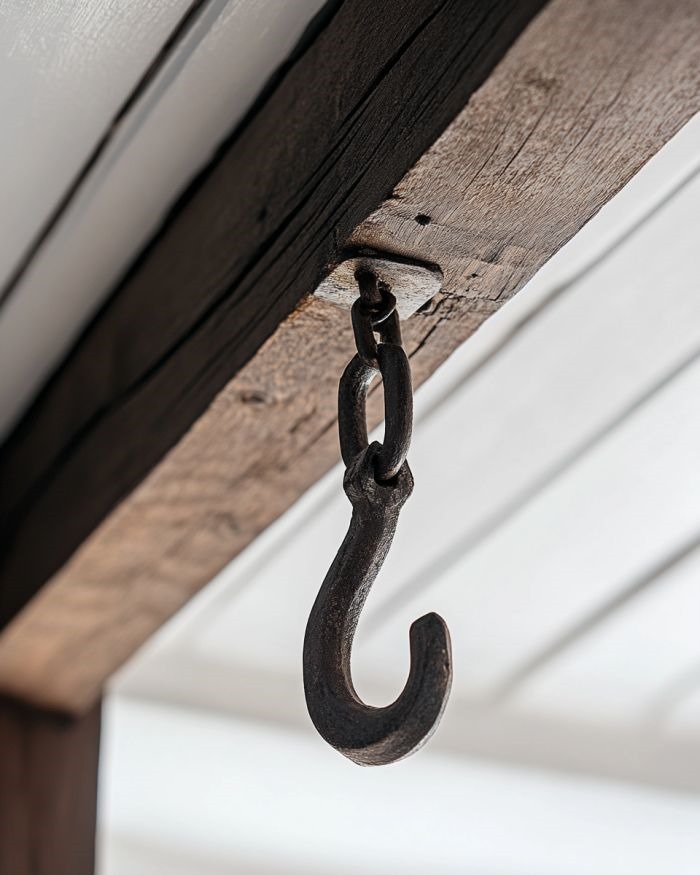ADVERTISEMENT
Certainly! Here’s a compelling article titled “Hooks in Unexpected Places: What They Were Used For—And How You Can Use Them Today”:
Hooks in Unexpected Places: What They Were Used For—And How You Can Use Them Today
From barn beams to subway ceilings, hooks have appeared in some of the most unlikely places throughout history. At first glance, they might seem like curious, even out-of-place artifacts—but these humble pieces of hardware often tell fascinating stories about the spaces they inhabit.
In this article, we explore the historical uses of hooks in surprising locations, from industrial-era warehouses to early 20th-century homes, and show you how to reimagine these functional elements in your own living space.
A Brief History: Hooks Beyond the Obvious
We all expect hooks in entryways, closets, and kitchens. But what about in ceilings, under floorboards, or tucked behind old fireplace mantels? Here’s where they’ve unexpectedly shown up—and why.
1. Ceiling Hooks in Old Homes
In Victorian and early 20th-century homes, ceiling hooks were often installed in parlors or dining rooms to hold oil lamps before electricity was common. Sometimes, they were used to hang planters, bird cages, or mosquito netting.
Today’s Use: Repurpose them to hang pendant lights, dried herbs, or decorative mobiles for a vintage-meets-modern vibe.
2. Hooks in Barns and Basements
Hooks in agricultural buildings were essential tools. Farmers hung cured meats, ropes, buckets, or harnesses. In basements, they might have held laundry lines, lanterns, or even preserved food.
Today’s Use: In a rustic kitchen or pantry, use reclaimed hooks to hang cast iron pans, baskets, or mugs. They add character and practical storage.
3. Hooks on Subway Ceilings and Factory Walls
In early 1900s industrial spaces and public transit areas, heavy-duty ceiling hooks were used to hang equipment, tools, or even straps for standing passengers.
Today’s Use: Salvaged industrial hooks bring an edgy aesthetic to lofts and workspaces. Use them to hang bikes, musical instruments, or plant holders.
4. Hooks in Bedrooms and Behind Doors
You might have found old hooks behind closet doors or even on headboards. These were often used for nightgowns, hats, or robes—items people wanted within reach but off the floor.
Today’s Use: Create a mini dressing nook with vintage hooks for bags, scarves, or jewelry. Pair with a mirror and bench for a stylish station.
Modern Revival: Why Hooks Are Making a Comeback
Minimalist and vintage design trends have fueled a renewed appreciation for practical, visible hardware. Hooks are small, inexpensive, and versatile—but when placed creatively, they can transform how a space functions.
